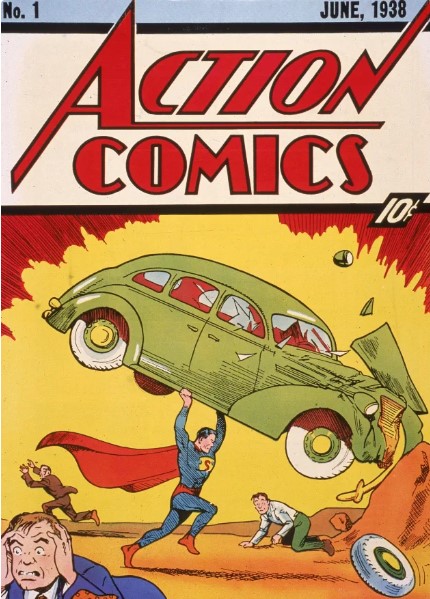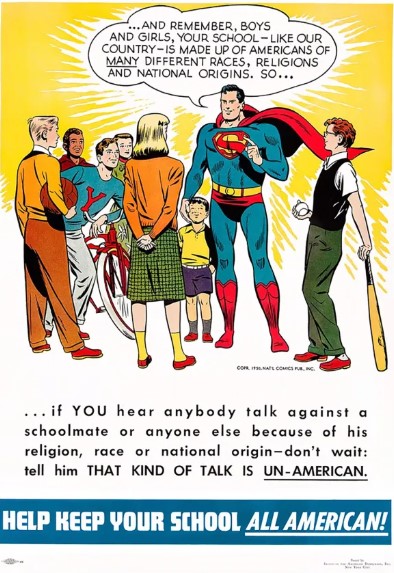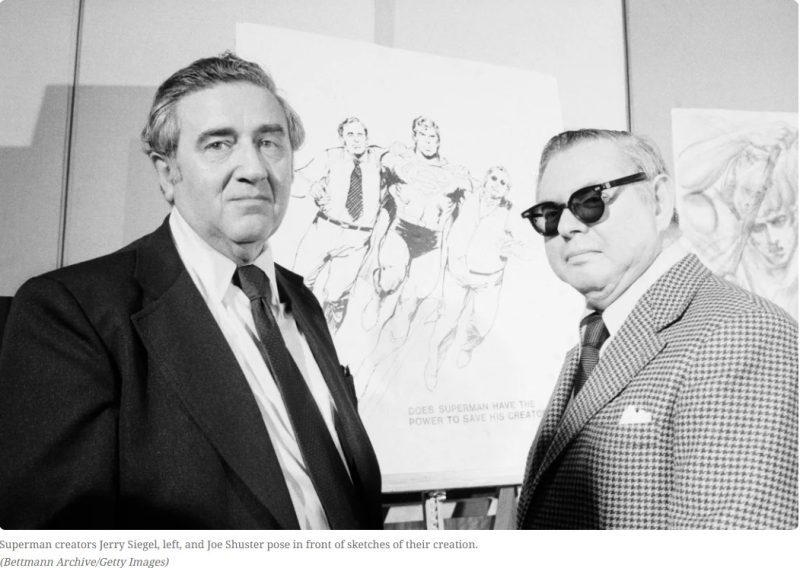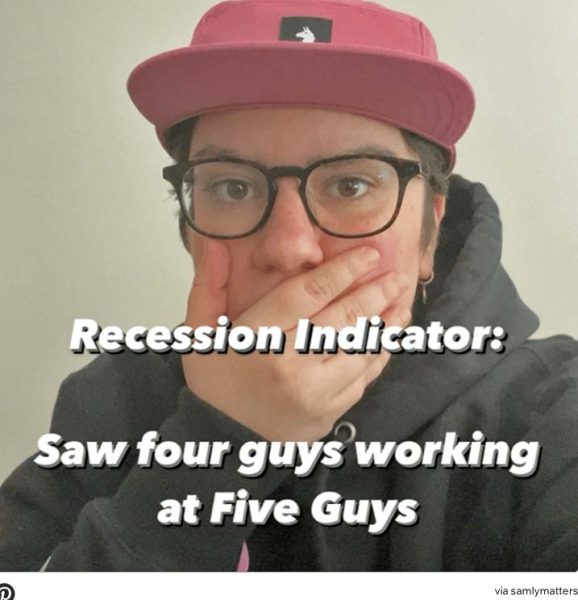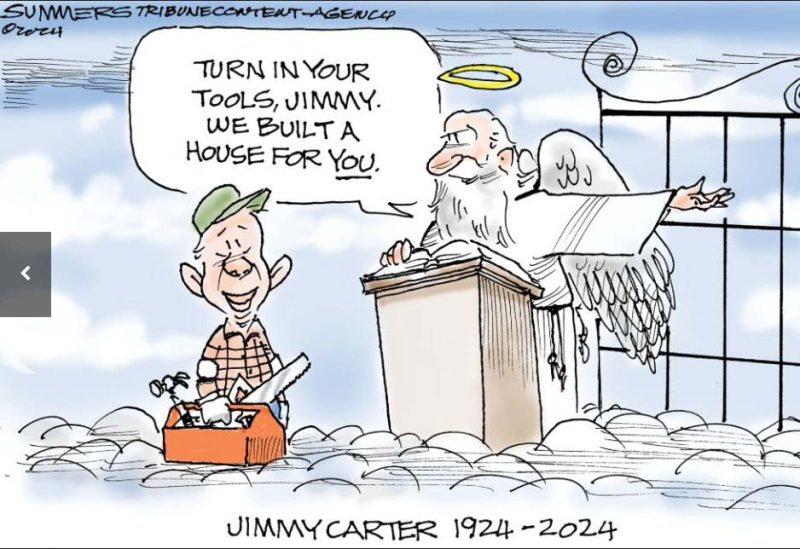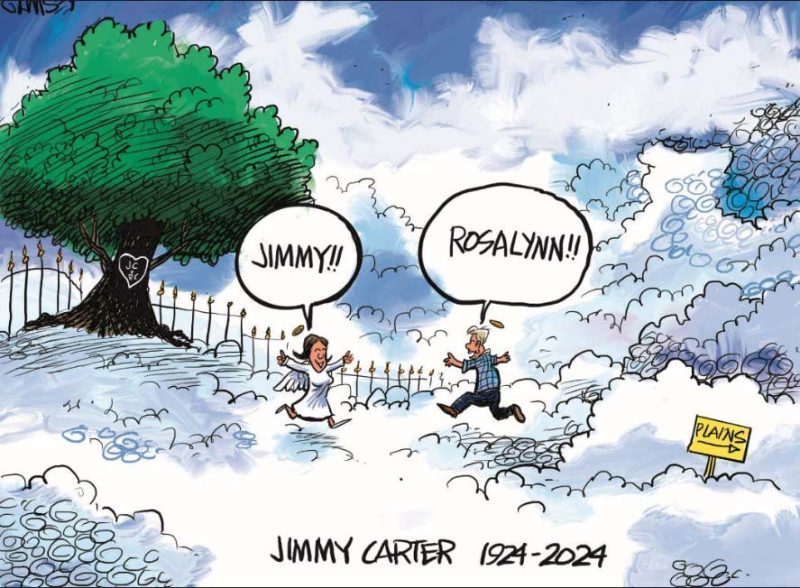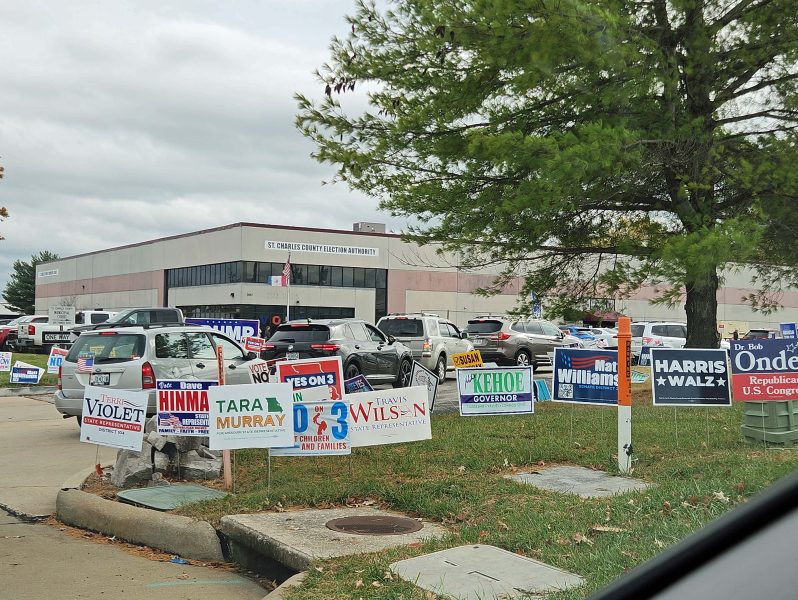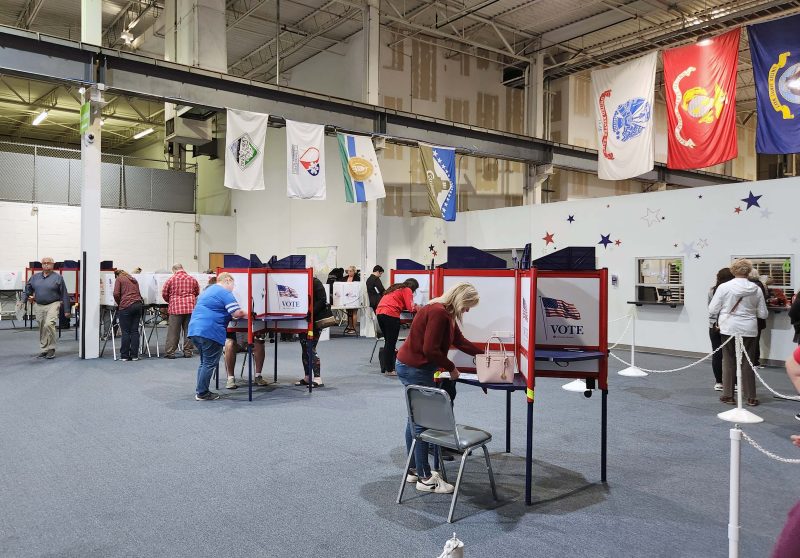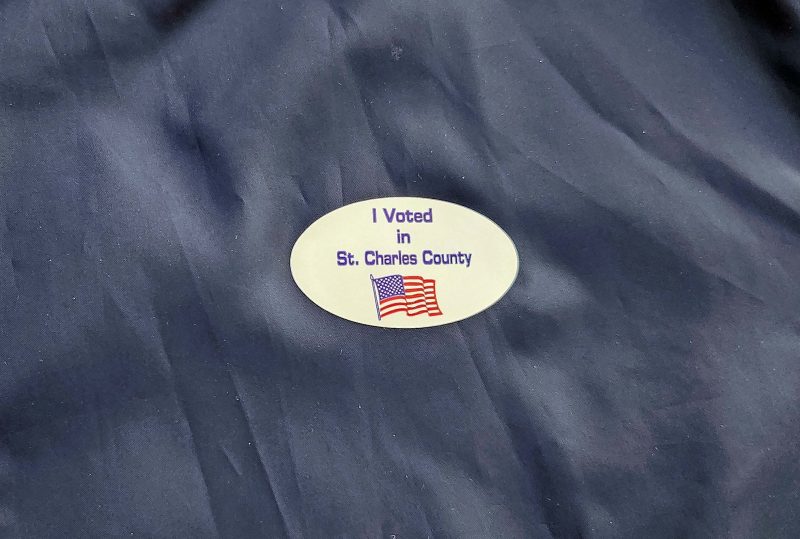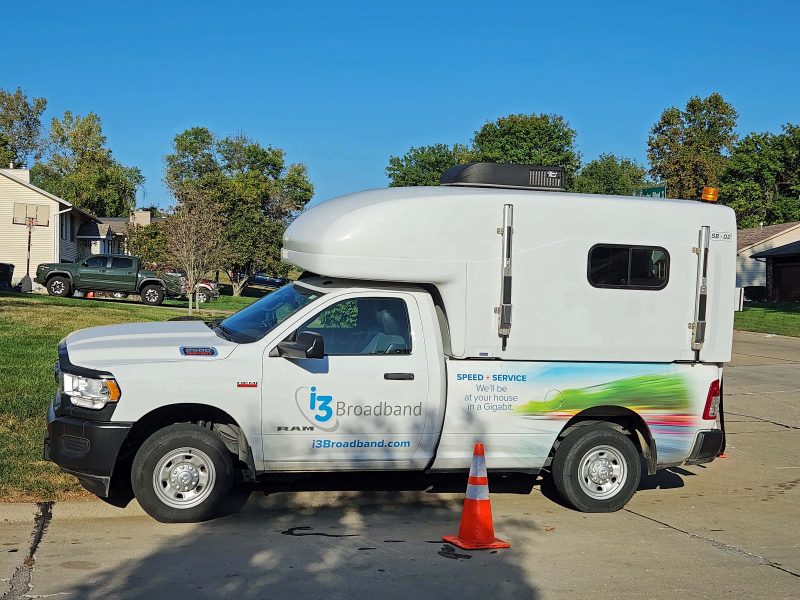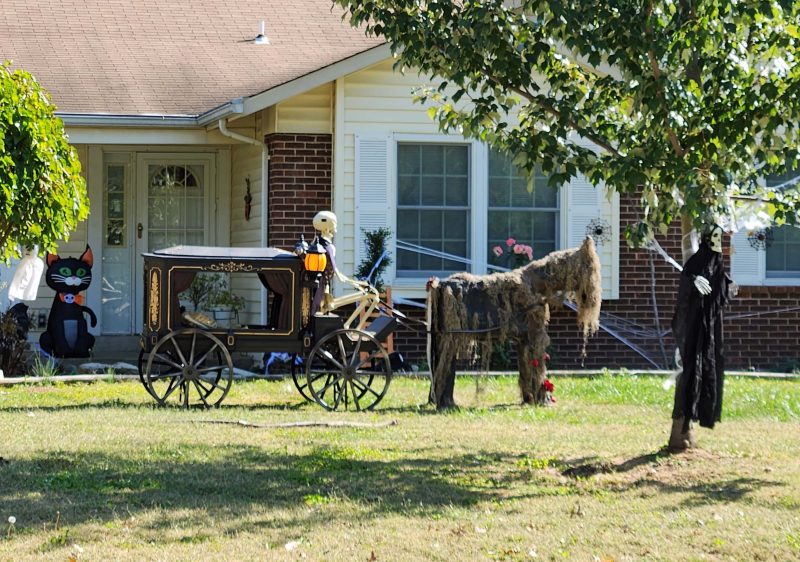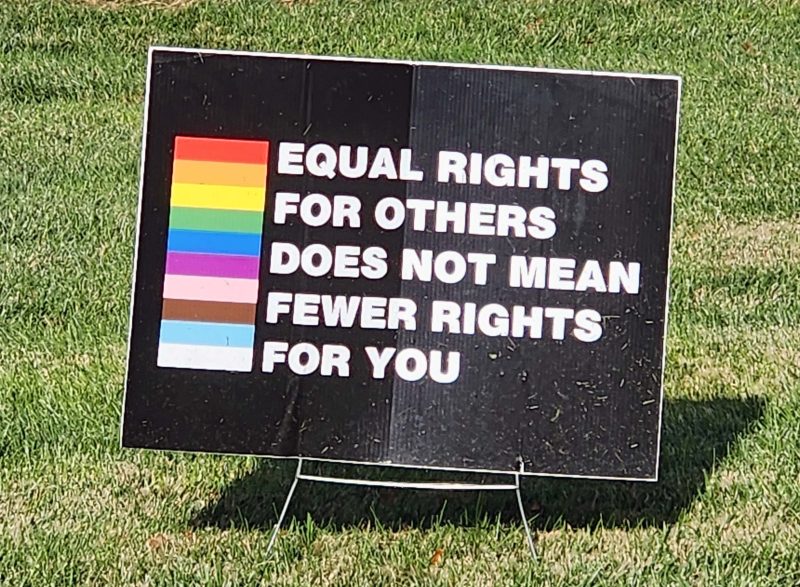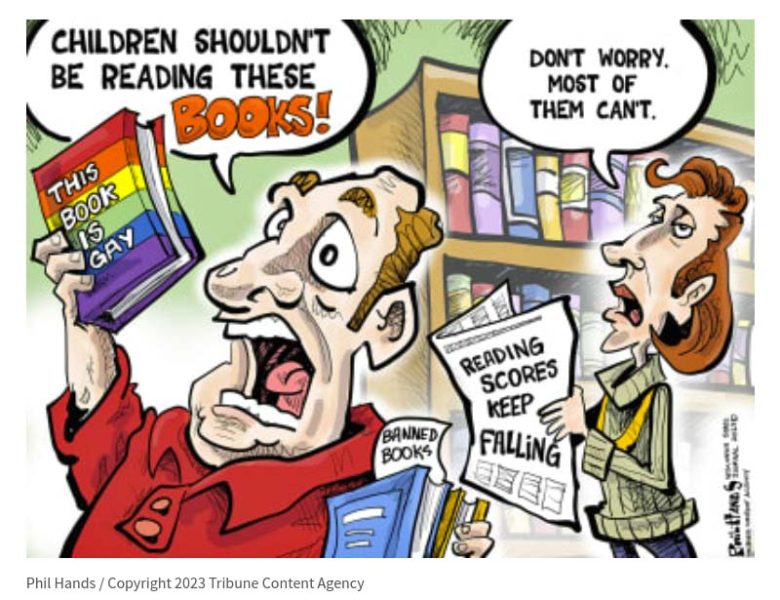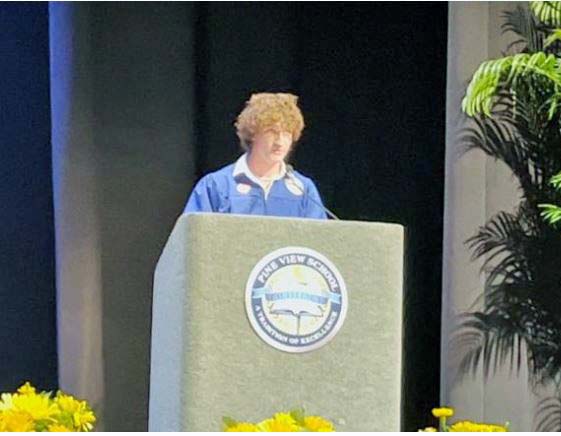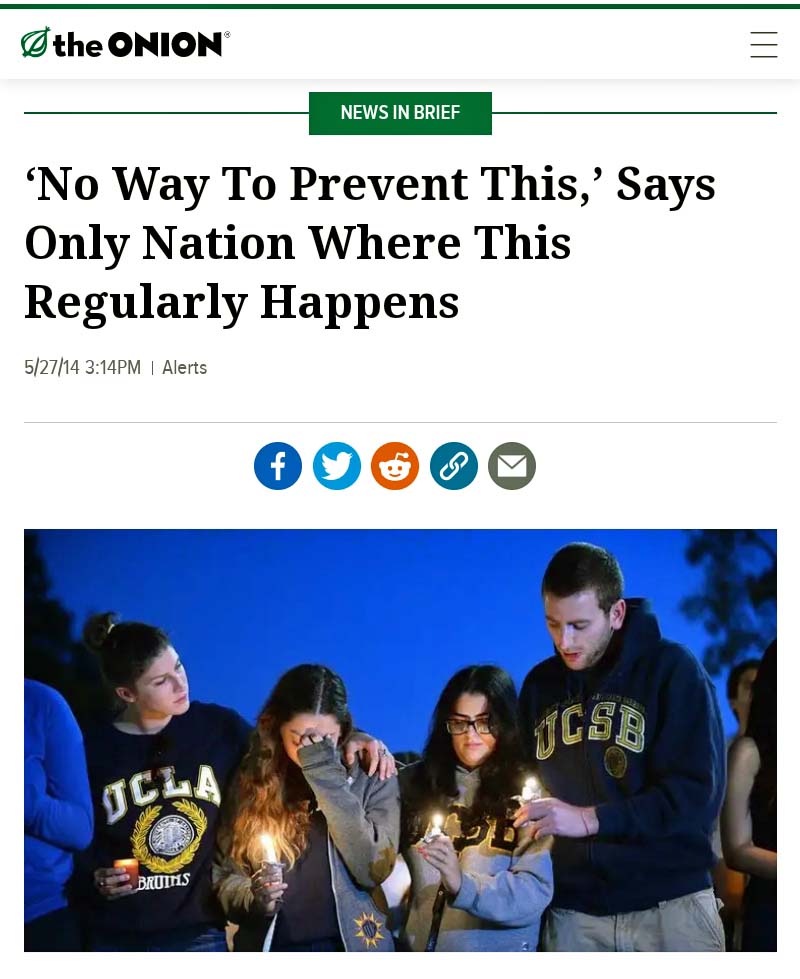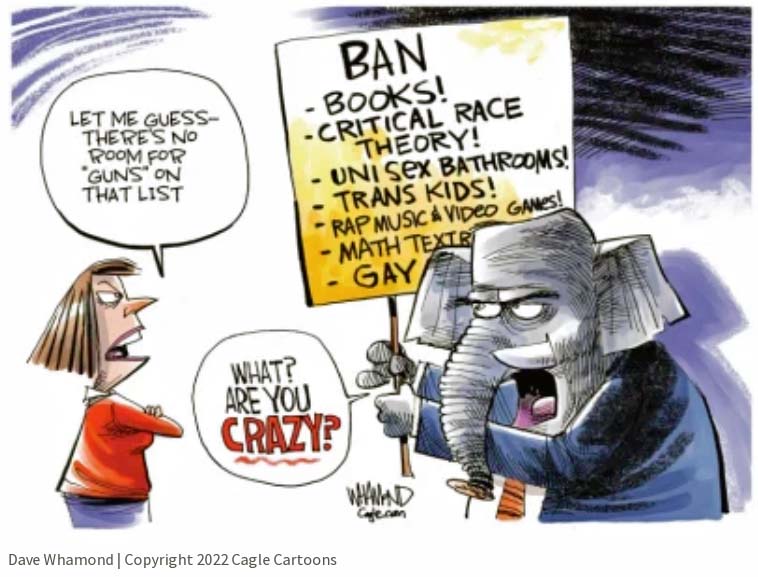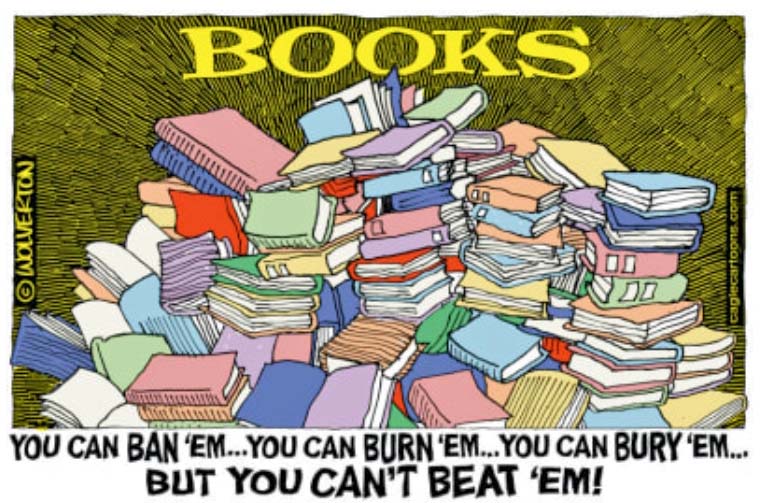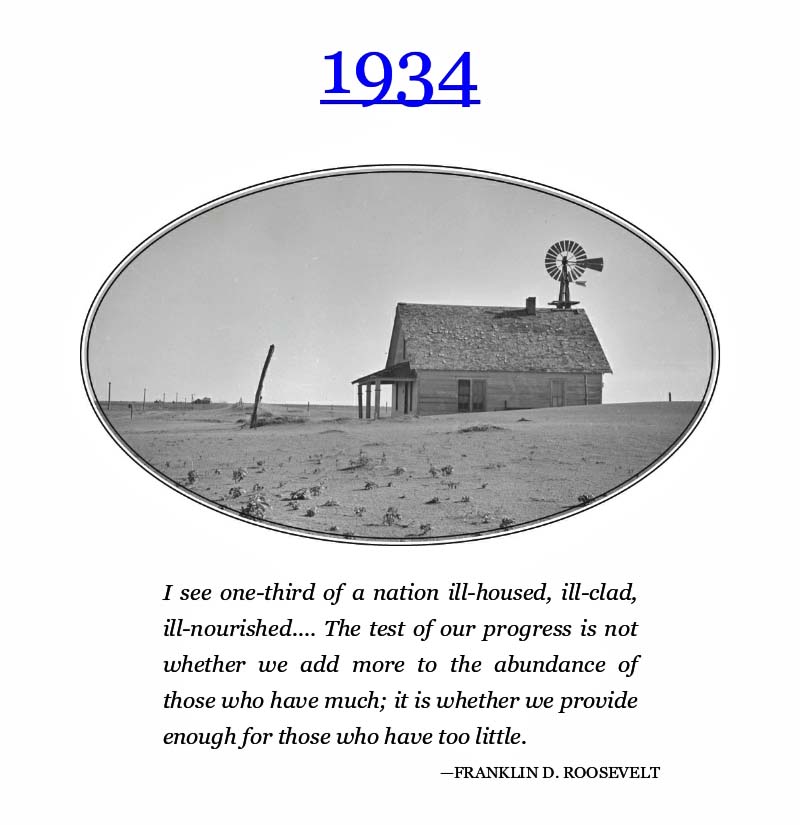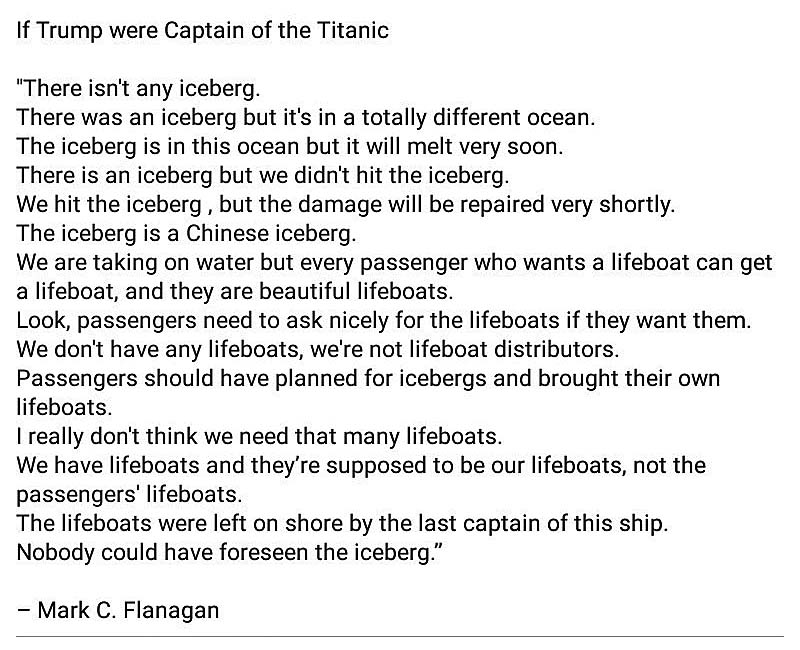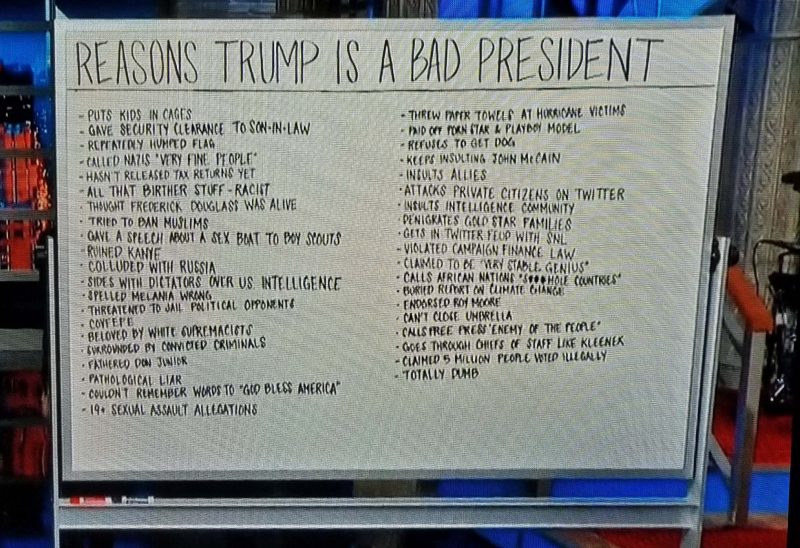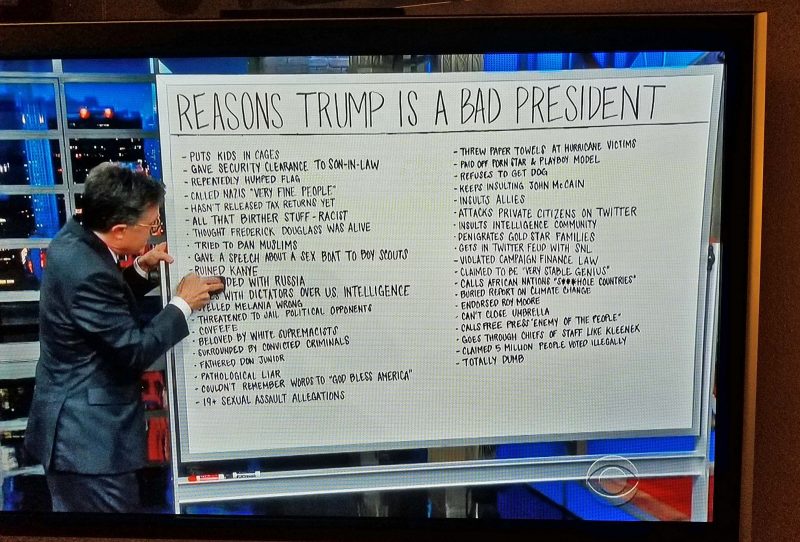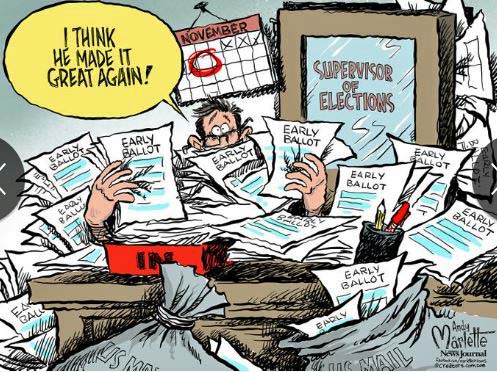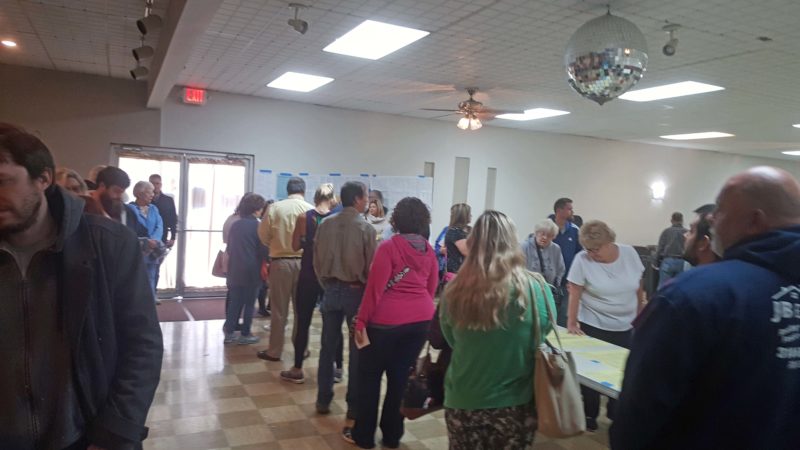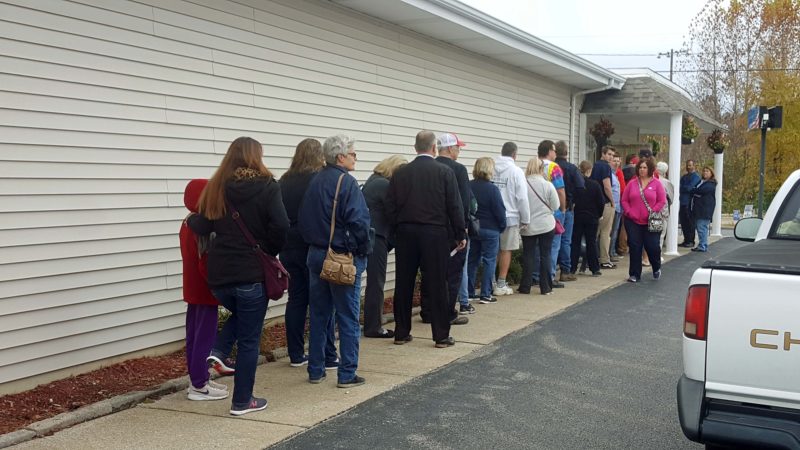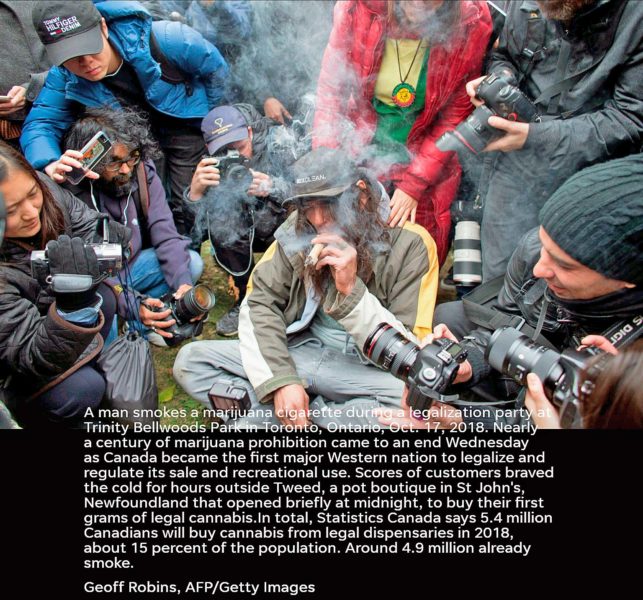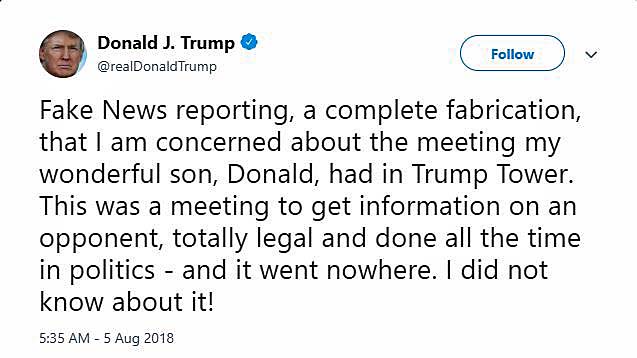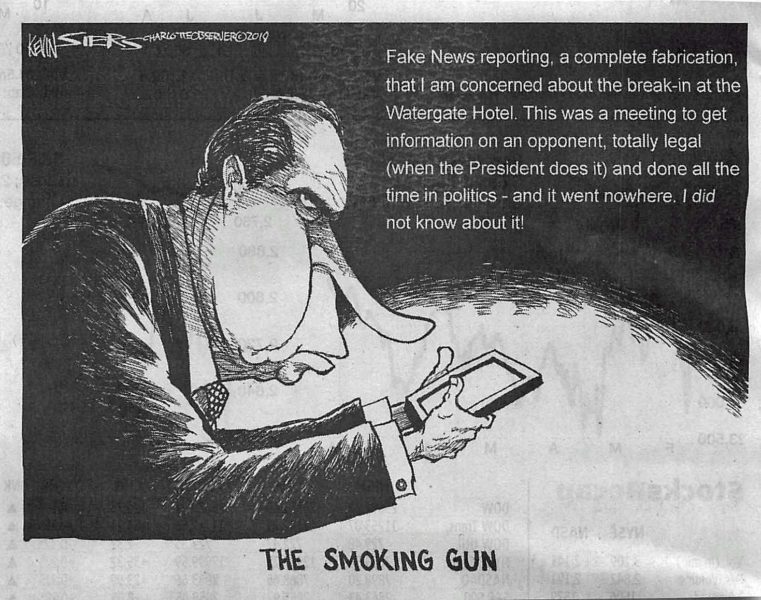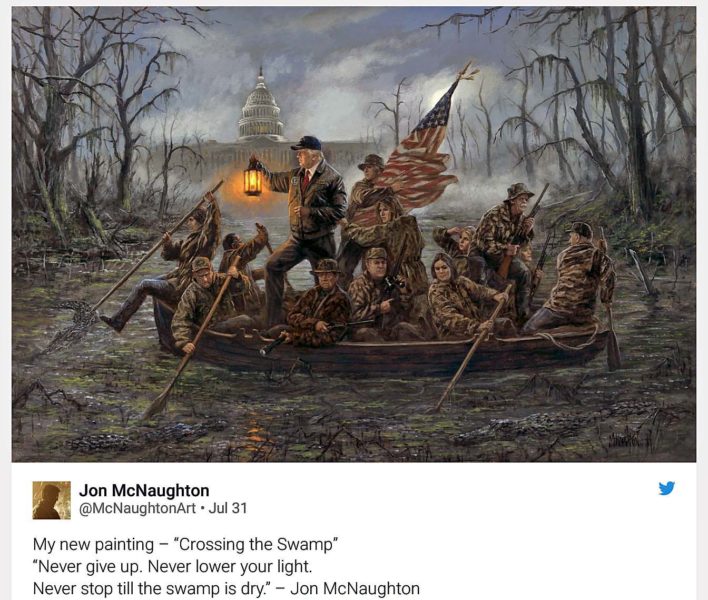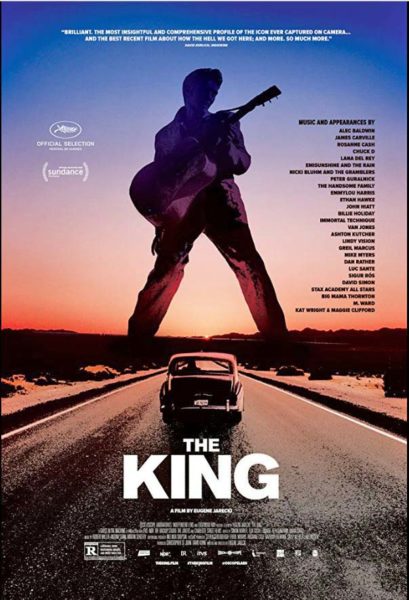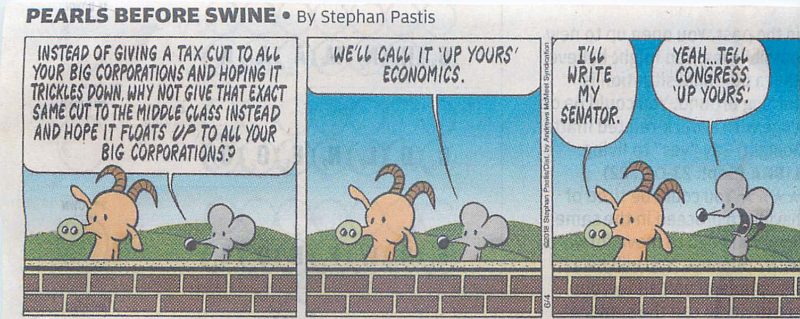Yesterday was a memorable day in our neighborhood. It started when Ted went to Huck’s to get his daily cup of coffee. As he was leaving the parking lot to come home, the exit he regularly uses was blocked off. He turned to use the other exit and saw a long stream of cars rushing out of a nearby parking lot (that we now realize was a staging site) and speeding down the road toward our house. Because of the road barrier, Ted had to take a longer route home, changing course repeatedly, due to more barriers, including one at the street behind our house. He parked and decided to walk the short distance home. Unfortunately (or fortunately?), a county police officer stationed at the corner told him to get back into his car and wait.
Meanwhile, I was at home with two carpenters who are installing new cabinets in our laundry room (which faces the street) when I heard one of them say, “What’s going on??!!” I got up to look out the window. We saw a stream of cars (the same ones Ted saw a mile away a few minutes before) rapidly passing our house without even pausing at the stop sign at the corner. The cars–at least 18 that we could see–lined the curb across the street from us, and law enforcement officers–at least 23, including FBI, ERO (Enforcement and Removal Operations), St. Charles County police, and two medics–jumped out of their cars and surrounded the house across the street from us where our friend, Peggy, used to live.
All of this was done in silence–unmarked cars, no sirens, and every officer running directly to his previously designated place to cover every side of the house and property. There are five officers on the side of the house in the photo below–two behind the tree (one on each side of it), two clearly visible, and one behind the officer in the right center of the photo. The two officers beside the white vehicle are the drone operators.
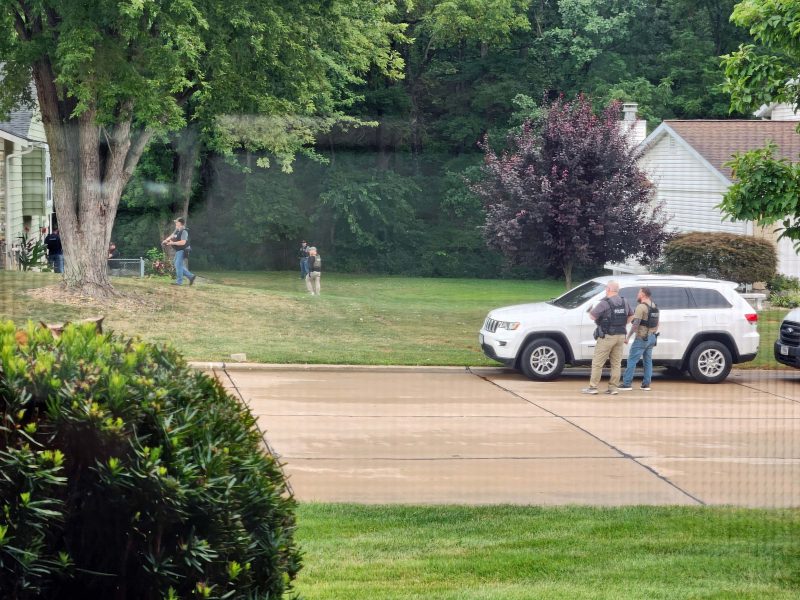
It’s hard to see in the photo below because of the tree branches, but there are nine officers lined up in front of the garage and every one of them has a rifle. All those weapons definitely boosted my heart rate and blood pressure! Three other officers had already breached the front door (standing open) and were inside the house. Two drones were sent into the house as well.
Because the carpenters are using our driveway for their vehicles and saw, Ted and I are parking our cars on the street. That’s my one-year-old car that the armed officer is using for protection. I couldn’t help picturing the driver’s side of my car riddled with bullet holes. It was time to take cover. I went to a back room on the other end of our house–out of the direct line of fire–and one of the carpenters decided to do some of the work on the agenda for our basement. The other carpenter, Christopher, shrugged and started his video recorder. Part of his video is at the end of this post.
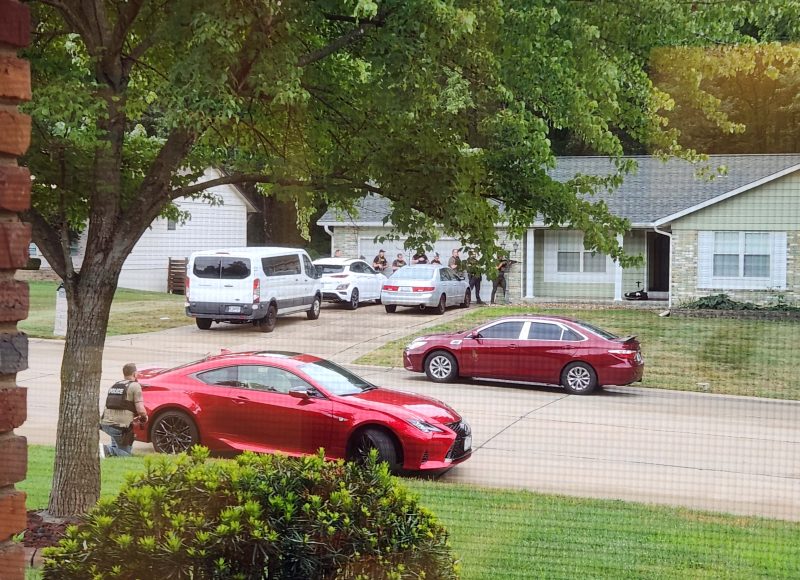
Fortunately, no shots were fired, and handcuffed residents were peacefully escorted out of the house. I counted 18 people in handcuffs, three of whom also wore leg shackles.


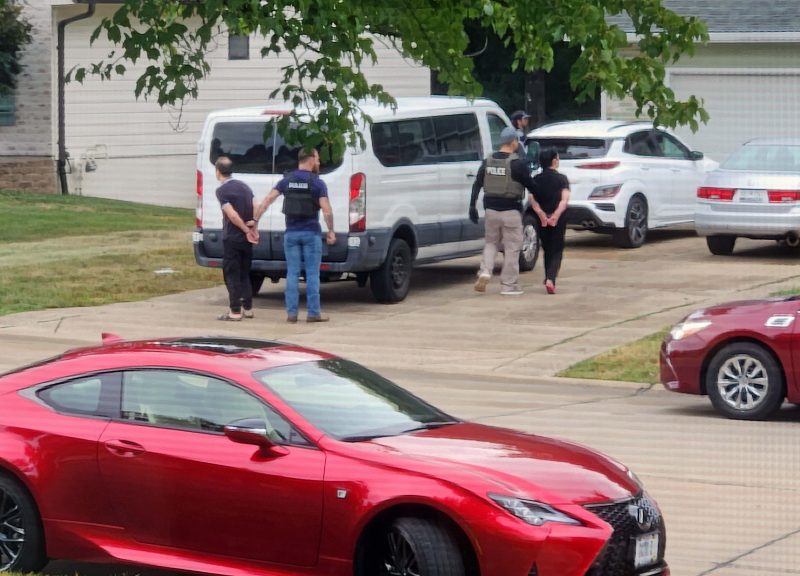
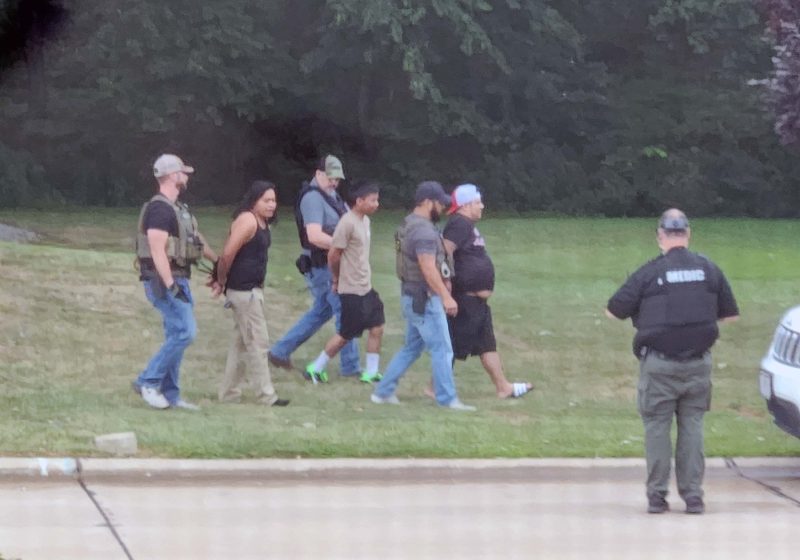
This is the drone officer preparing a second drone to send into the house, . . .
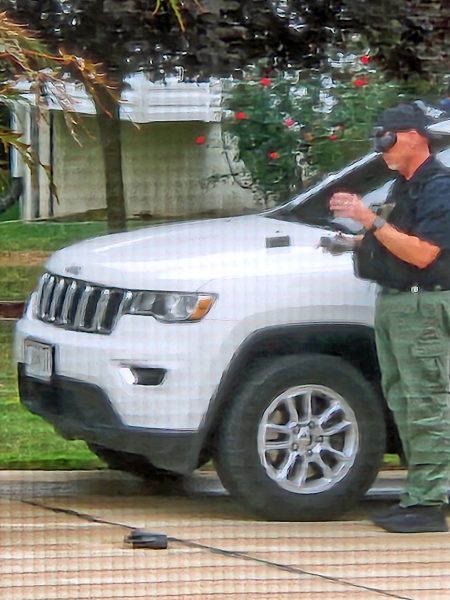
. . . and here he goes, ready to launch Drone #2.
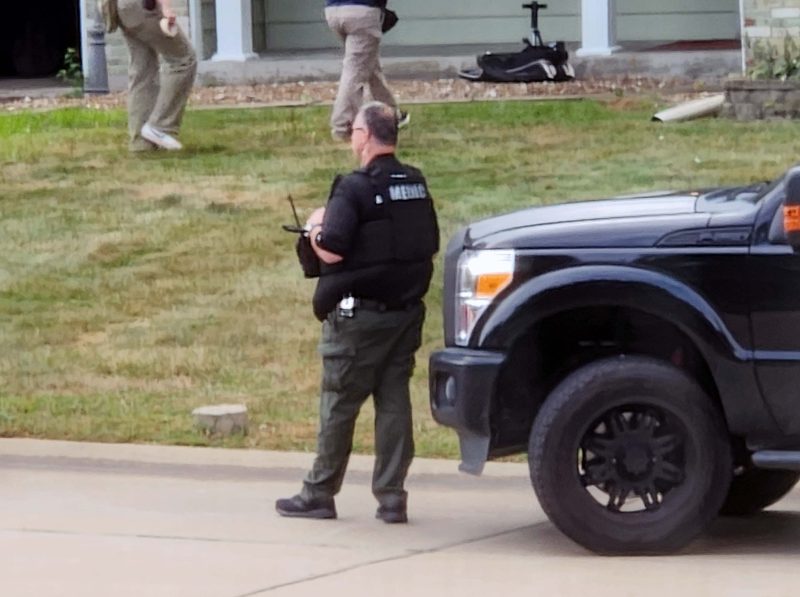
Roughly three hours later, everything was under control. The handcuffed people had been taken away; others were no longer restrained and were standing around, chatting with the officers, like the lady at the rear of the van in the driveway. The officer bending over in the lower right of the photo is going through some of what could be evidence or supplies in the box. I didn’t go outside to ask her. I’m guessing that the man (St. Charles County police) and woman (FBI) in the left center are congratulating each other on a well-coordinated mission. The streets were opened to traffic again and pedestrians were walking by, no doubt wondering “What’s going on here?”


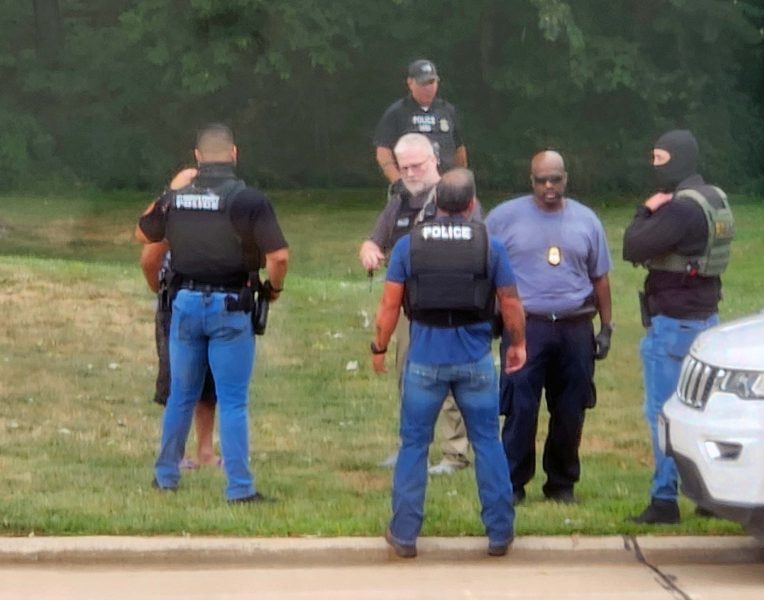
After the enforcement officers left the scene, the reporters arrived and knocked on doors (including ours), asking for information from neighbors who witnessed the activity. Channels 2 (and their sister station, Channel 11), 4, and 5 were all here. I think only one neighbor agreed to speak with a reporter. Ironically, she was at her exercise class during the operation and–like Ted–was only allowed to access her house after the danger of civilian injuries was past. Christopher offered his video but refused an interview.
A few hours later, local TV channels played Christopher’s video and reported that this event had been a triple sting. Two homes with about 20 residents in each, as well as the nearby, very popular Golden Apple Buffet were raided simultaneously. The residents of both homes were employees of the Golden Apple Buffet. I have seen five of the residents coming and going from the house across the street since the law enforcement personnel left, so I assume that not everyone who lived there was guilty of whatever illegal activity might have been going on. I’m sure we’ll learn more details in the coming days.
Note: I had to cut Christopher’s video to make it fit this blog, and the cutting app takes credit at the end, as you’ll see. Around the 20-second mark of the video, right after the line of officers enters the house, you can see the drone flying across the center of the screen from to right to left. It has two headlights.
